In the first period of presenting the transfer report, the potential of annotation was explored through different exercises.
Talmud
In the first exercise, the Talmud served as a historical example. The aim of this exercise was to examine annotation as an intertextual artefact that can respond to other texts, ideas, and people (Kalir and Garcia, 2011). This allowed for a better understanding of the layers of annotation within a visual representation, and how layers talk to each other, generating new conversations and meaning (Anderson, 2011).
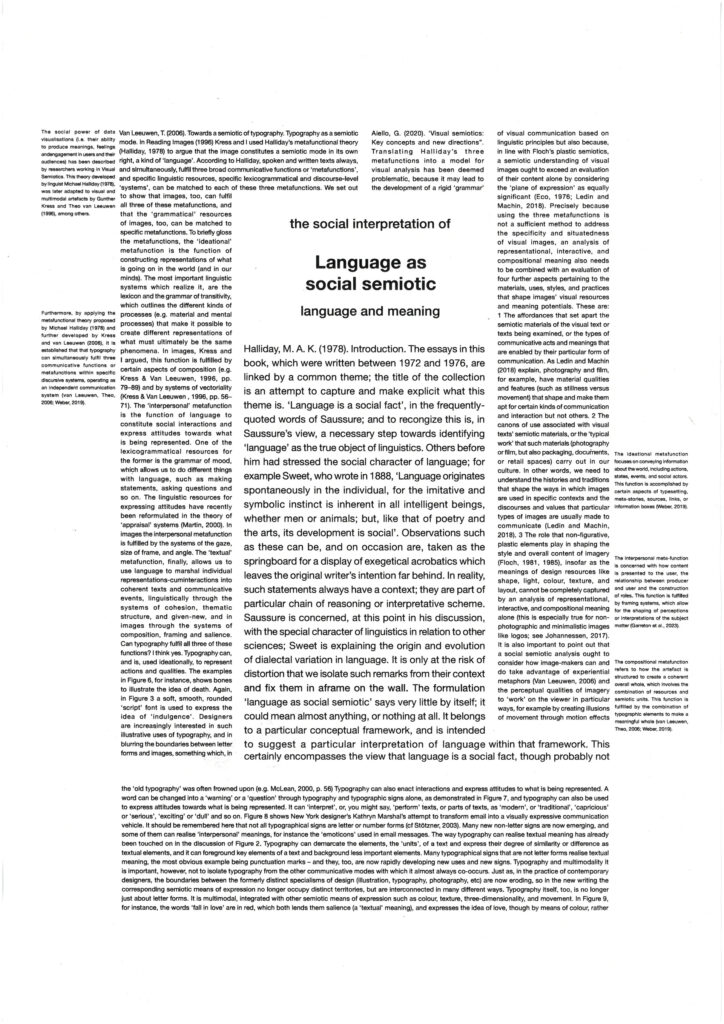
Picasso / Modernism
In the second exercise, the exploration of annotation focused on a collaborative exercise inspired by Picasso’s critical creative practice in Modernism. The aim was to uncover readers’ potential engagement with a text through annotative practices, thereby transforming the discourse structure. Through methods like textual editing, incorporation, alteration, and word substitution, annotation eventually could dynamically shape the narrative, encouraging participants to actively contribute to the evolving discourse.
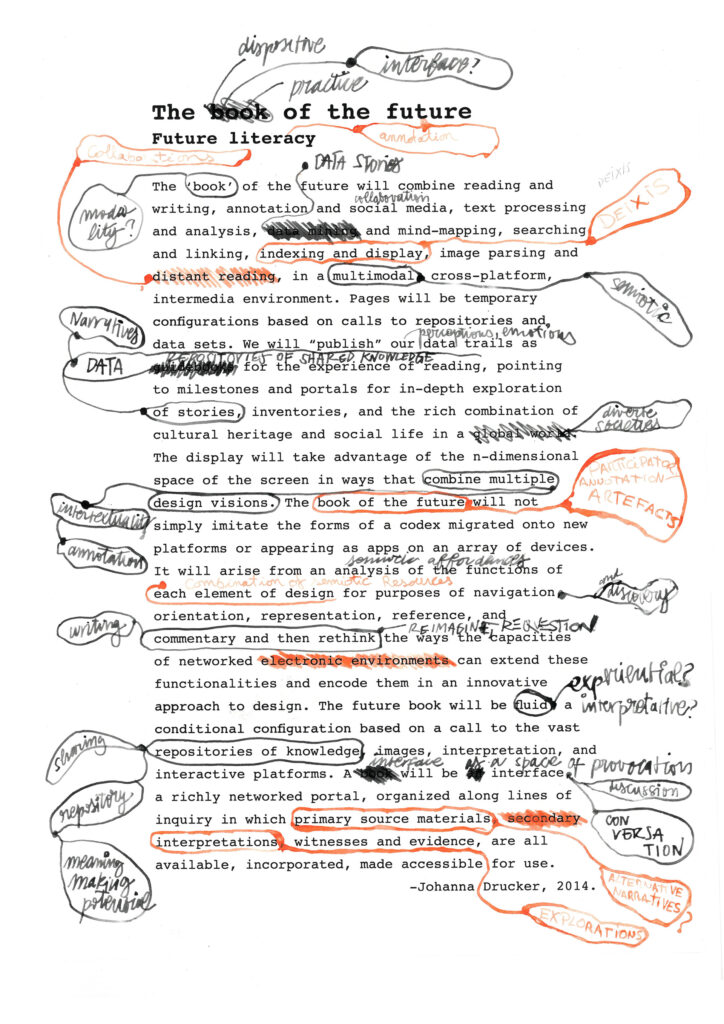
Framing
Finally, the selective aspects of representing a topic through annotation were explored. Techniques such as framing, highlighting, and positional effects were used in the strategic arrangement of the text. The aim of this exercise was to explore the various visual ways in which text can be displayed, influencing the interpretation and perception of a given discourse (Garreton et al., 2023).
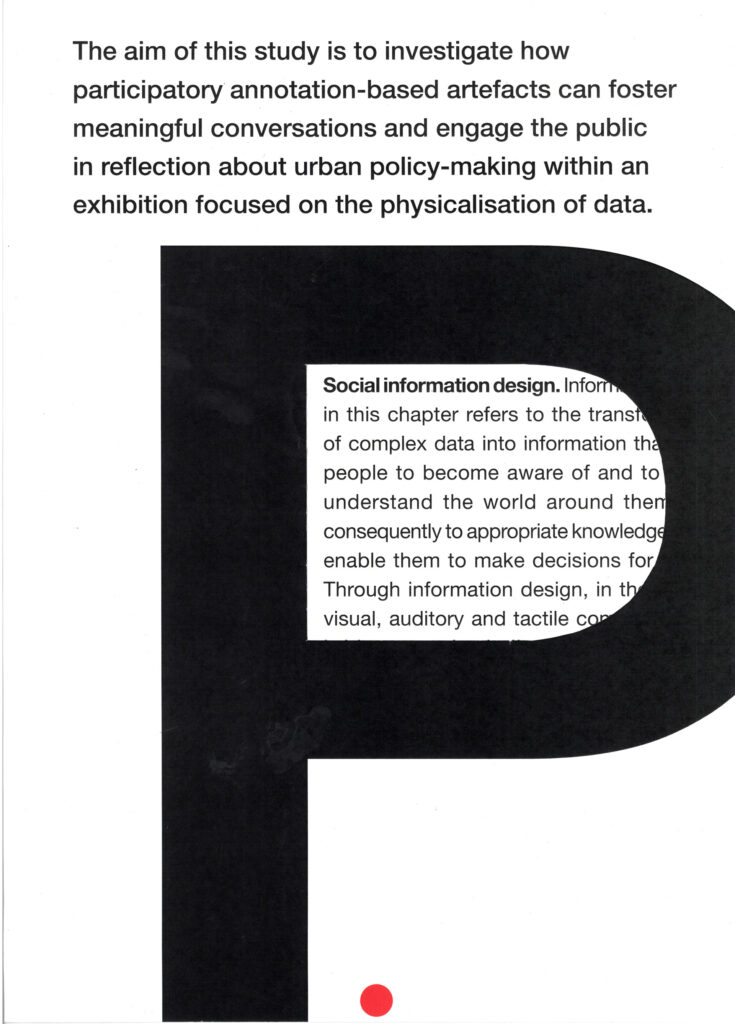
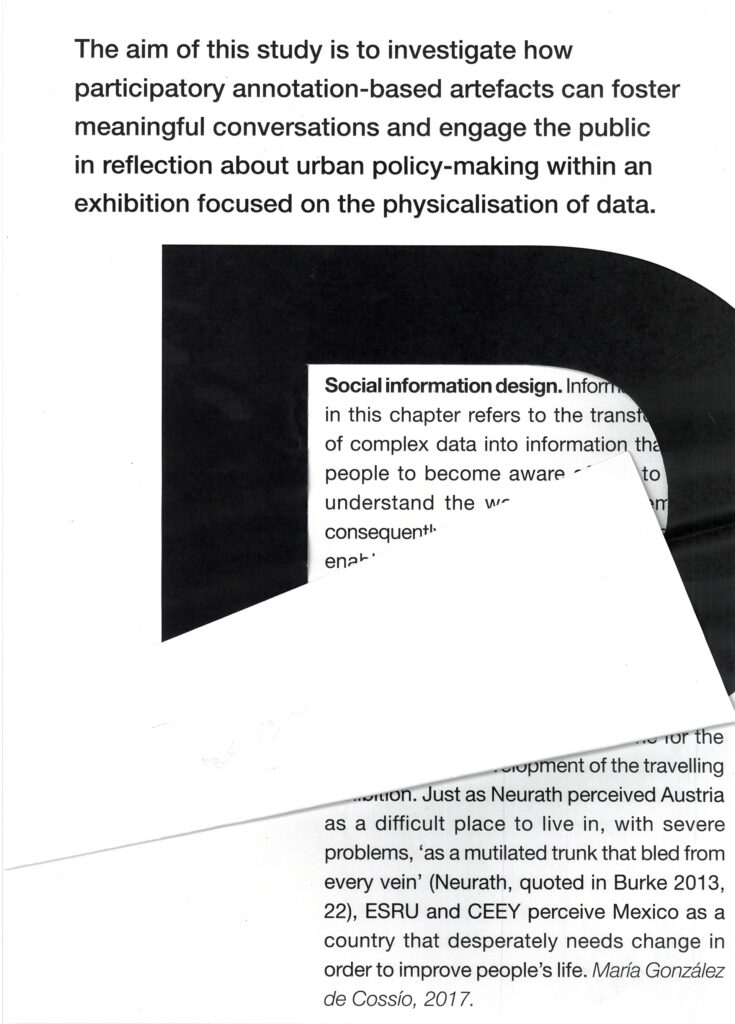
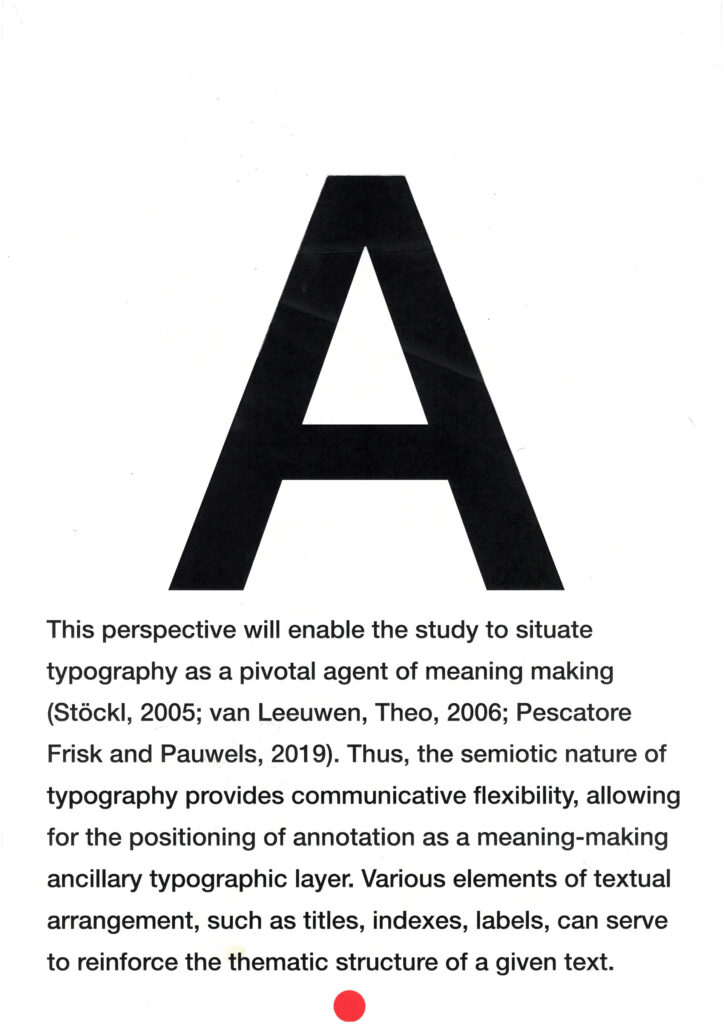
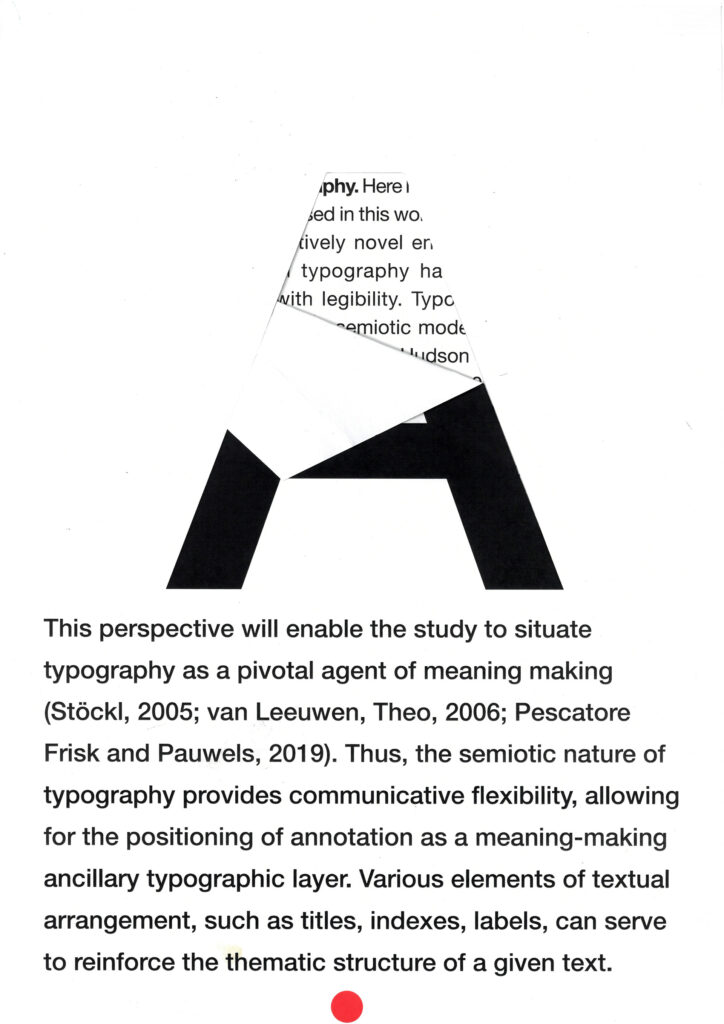
References:
- Anderson, S. 2011. What I Really Want Is Someone Rolling Around in the Text. [Accessed 24 May]. Available from: https://www.nytimes.com/2011/03/06/magazine/06Riff-t.html
- Garreton, M., Morini, F., Moyano, D.P., Grün, G.-C., Parra, D. and Dörk, M. 2023. Data Stories of Water: Studying the Communicative Role of Data Visualizations within Long-form Journalism. In: COMPUTER GRAPHICS forum. https://doi.org/10.1111/cgf.14815
- Kalir, R.H. and Garcia, A. 2021. Annotation. MIT Press. https://mitpress.mit.edu/9780262539920/annotation/